Beginning in the 1940s, a Black Houstonian named Myrtle frequently modeled for classes at the School of the Museum of Fine Arts, Houston (now the Glassell School). Many – maybe all – of those who took classes at the school at the time drew, painted, perhaps sculpted (though that’s not clear) Myrtle. She was a talented model, able to strike and hold just about any pose requested – as fluid as "water poured from a glass," according to Houston artist, Lowell Daunt Collins (1924-2003), who taught at the school - as quoted by Henri Gadbois (1930-2018), who painted Myrtle himself, more than once.
Through much of the time she modeled there, Myrtle would have been the only Black person in the studio. The Museum was still segregated until 1950, so Black Houstonians were allowed to enter only during designated hours on Thursday evenings.
Then, in 1950, Dr. John Biggers (1924-2001), founder of the Art Department at Texas Southern University, and Dr. James Chillman, Jr., (1891-1972), director of the Museum, worked together to convince the Museum Board that integration had to happen, when Dr. Biggers won the Museum’s annual purchase prize, but was barred from attending the award ceremony because of his race. Compared to other organizations and businesses in the city, this made the Museum one of the earliest Houston institutions to integrate, years ahead of the Houston Public Library system, Rice University and many others.
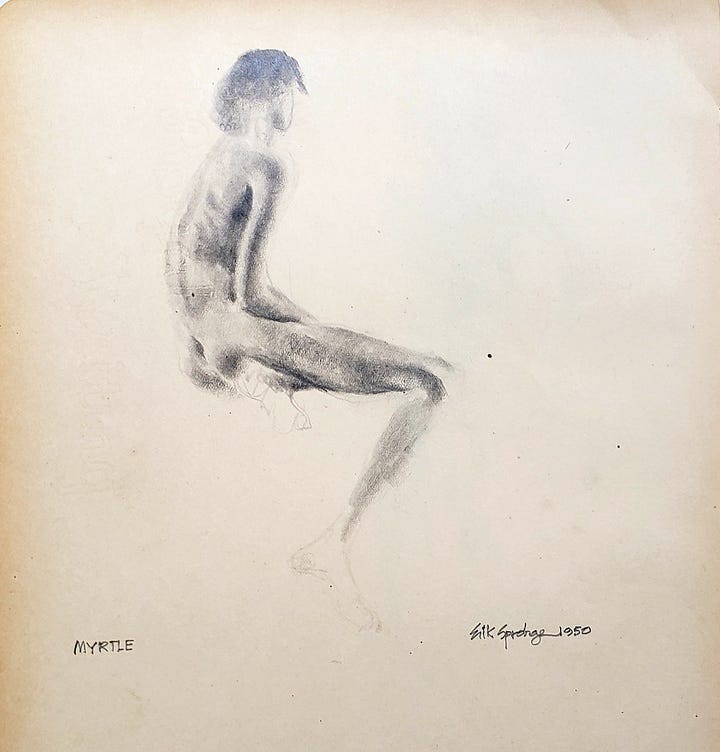
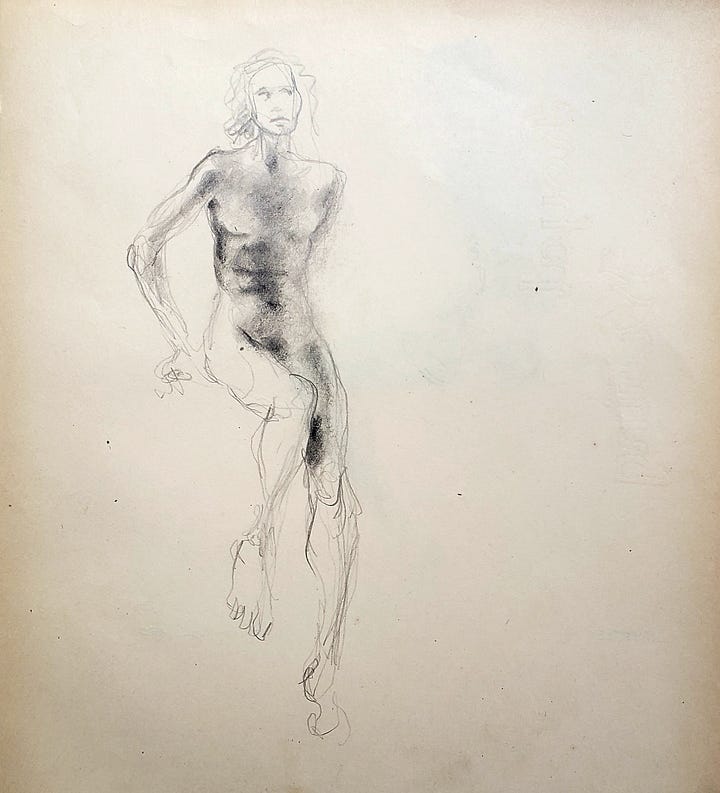
But Myrtle, as a model, a worker, could already be in the studio with white students.
We have many images of Myrtle the model, but we know little about Myrtle the person. She was said to be a single mother with a young daughter. The Museum archives have no record of her, perhaps because she would likely have been employed by the modeling session and paid in cash. Until recently, we didn’t even know her last name, so years of searching, and asking anyone who might give clues, did not discover anything definite about Myrtle.
But now, mystery partially solved! A 2022 exhibition of the paintings of Lowell Collins, at Redbud Gallery in Houston, included a portrait by the artist titled Portrait of Myrtle Holloman, dated 1946. And so Myrtle had a known last name, at last. Sort of. But a search of likely sources, even with a last name, turned up nothing more about her.
And then, just this morning, the researcher decided to try again, this time not being quite so literal, with an “inexact” search in the FamilySearch website (https://www.familysearch.org/en/). Eureka! Myrtle appeared!
There she is, in the 1950 census: Myrtle Holliman (with an “i” instead of an “o” in the middle), born in Texas in 1920, with a three year old daughter, and a husband – so not a single mother as had been thought. The record also tells us that Mr. Holliman, a café cook, was unemployed at the time, which may be a reason that Myrtle was modeling. A search of Google Maps shows where she lived, at 4717 Vernon Street in Houston’s Greater Fifth Ward. Though her house has been replaced by a new one, part of Houston’s ever-changing cityscape, that’s the lot it was on in the photo at the bottom of the page.
And so now, Myrtle (1920-?) has a last name, a family, an address as of April 1950, and a birth year and place. Not a lot perhaps, but a lot more than we knew 6 hours ago.
There’s still much more to be discovered about Myrtle: What course did her life take after her modeling days at MFAH ended; when did she die, and where; what happened to her husband, Henry J, and her daughter Henrietta M, who was born in 1947, and so might still be alive?
The research goes on, but for a little while perhaps it’s enough just to look at and enjoy all the beautiful, varied portraits of one of the most painted and drawn members of Houston’s art community of the past.




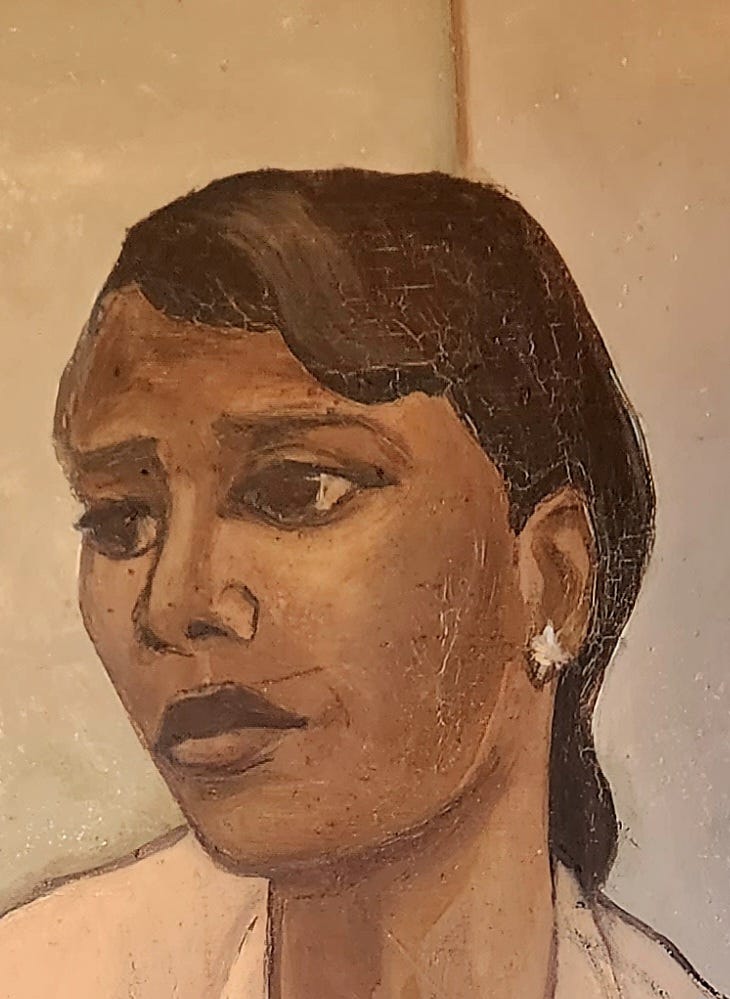
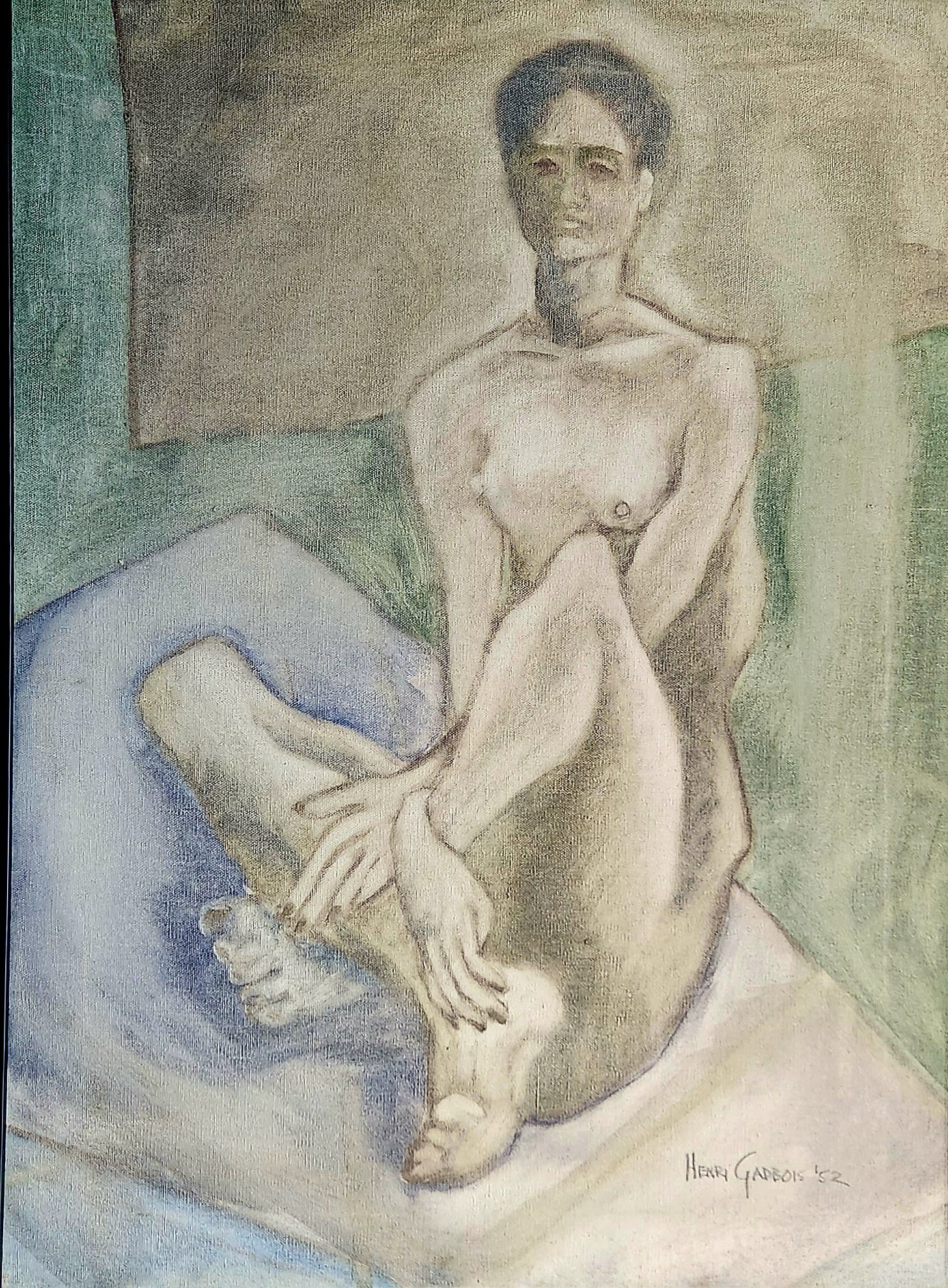

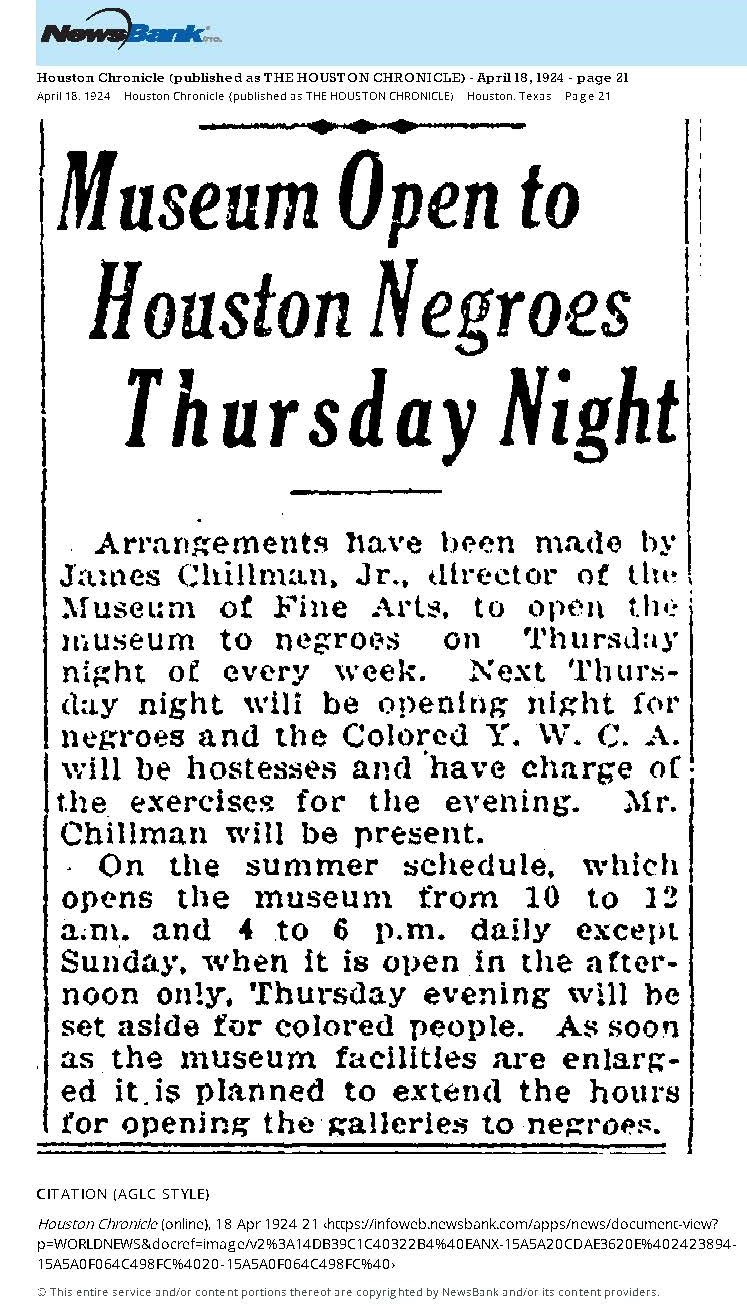
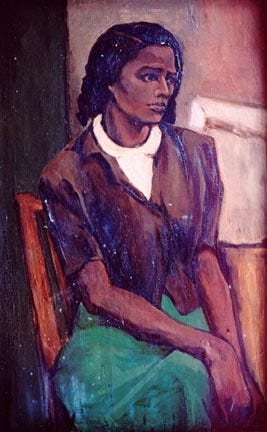

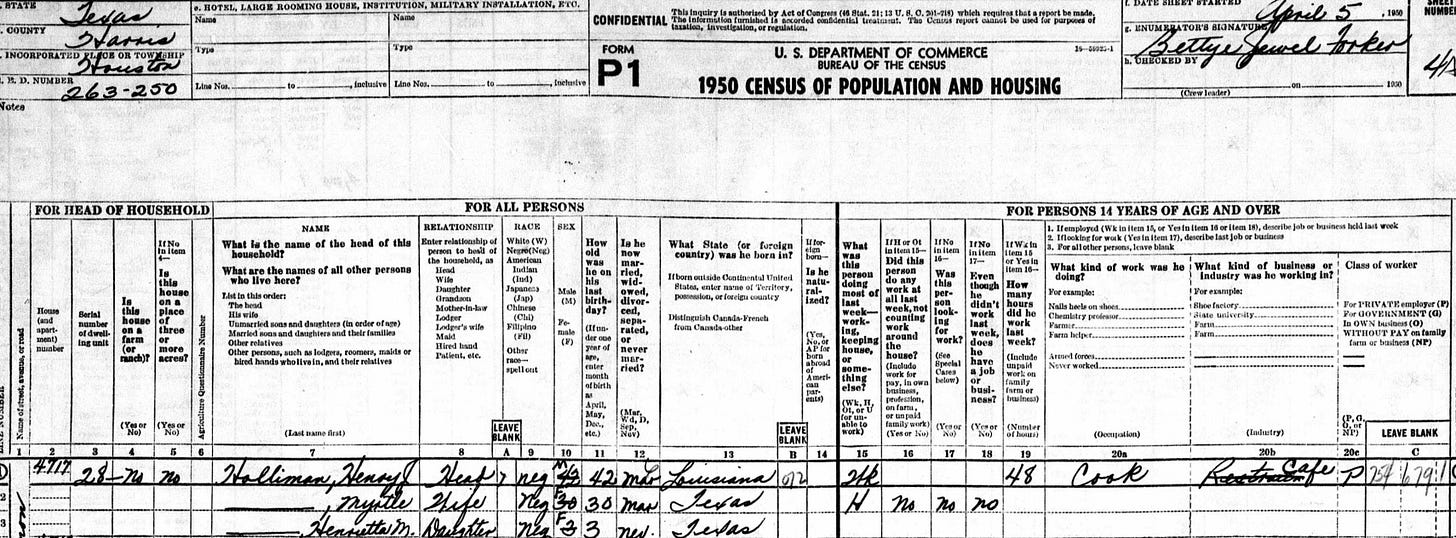
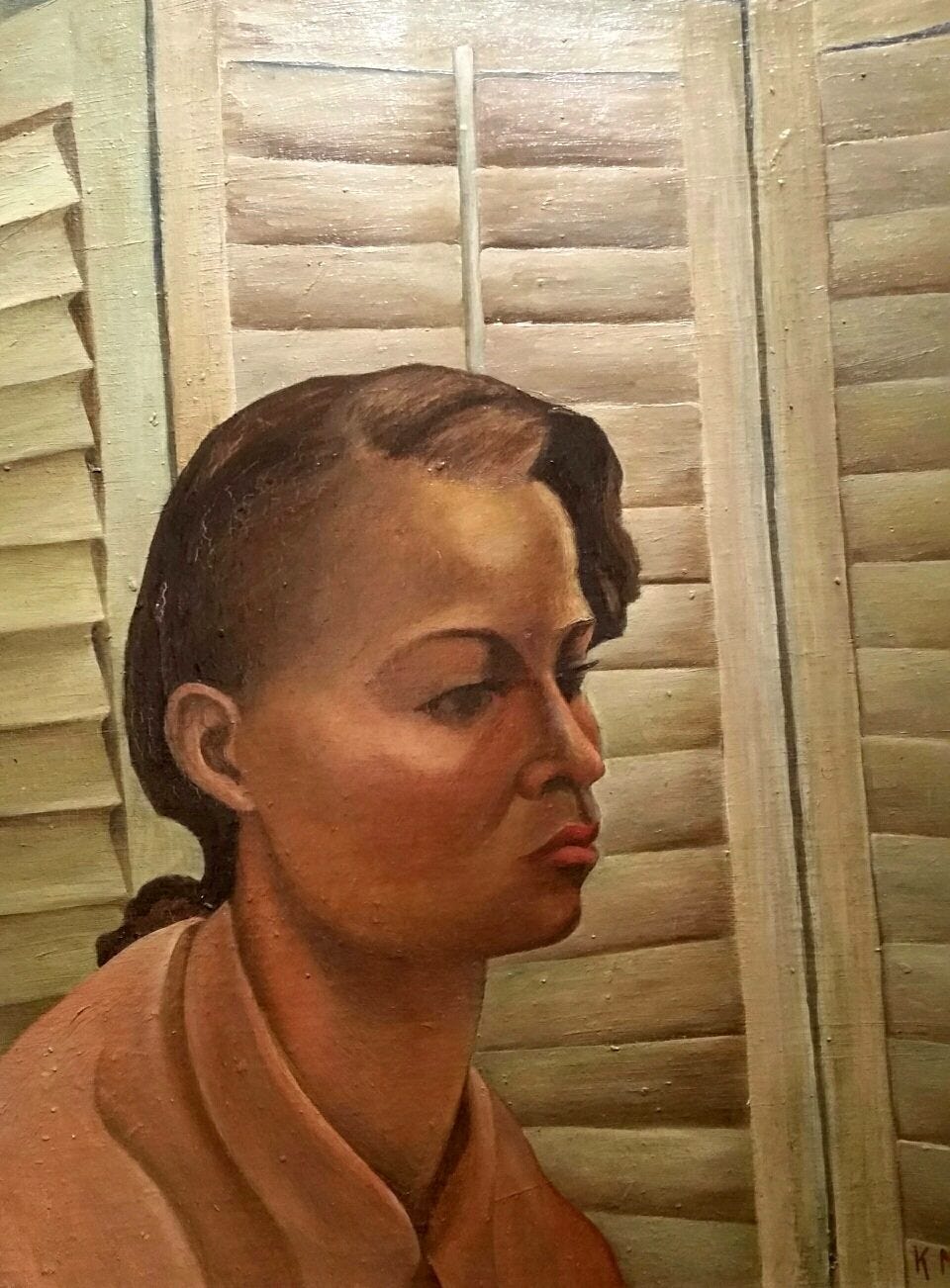
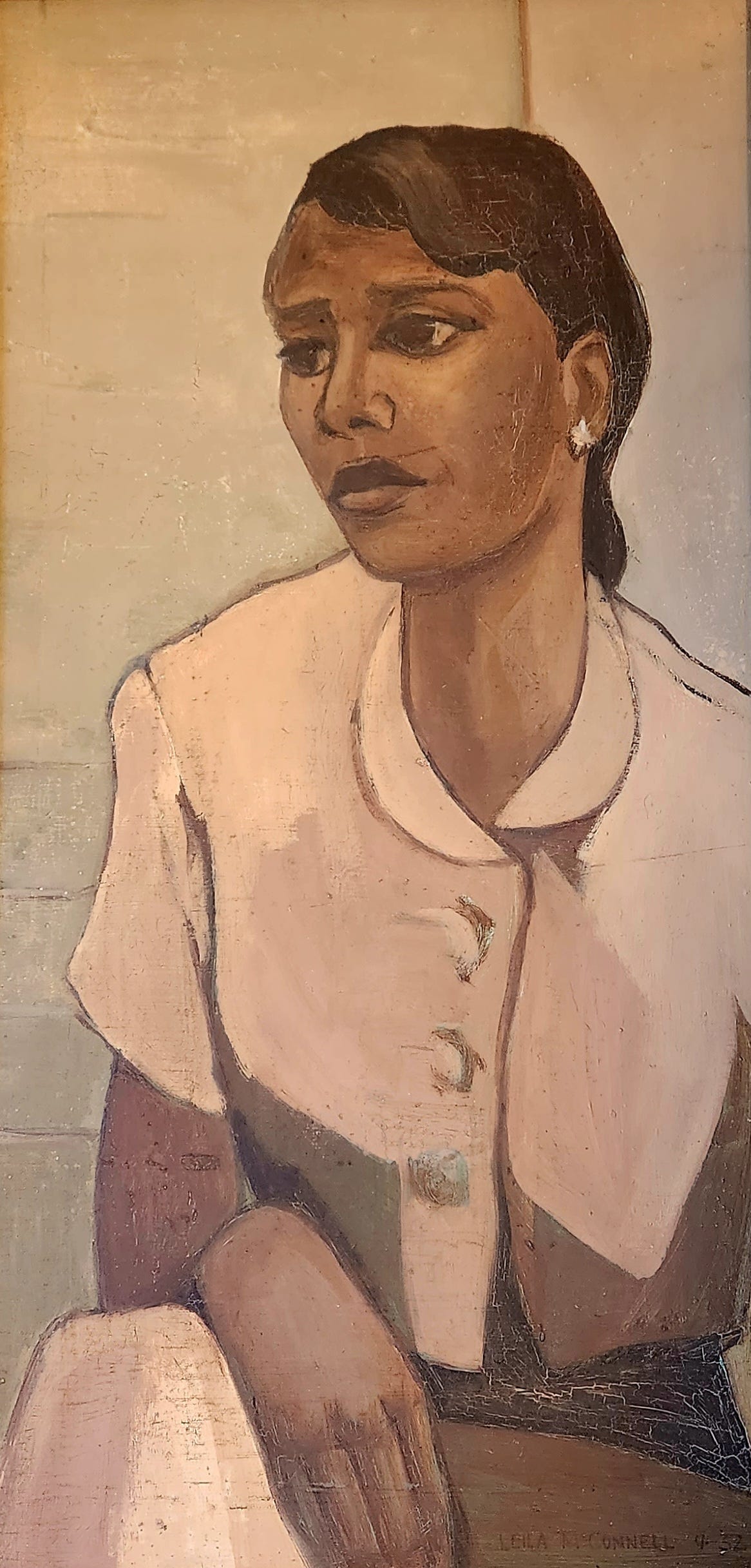
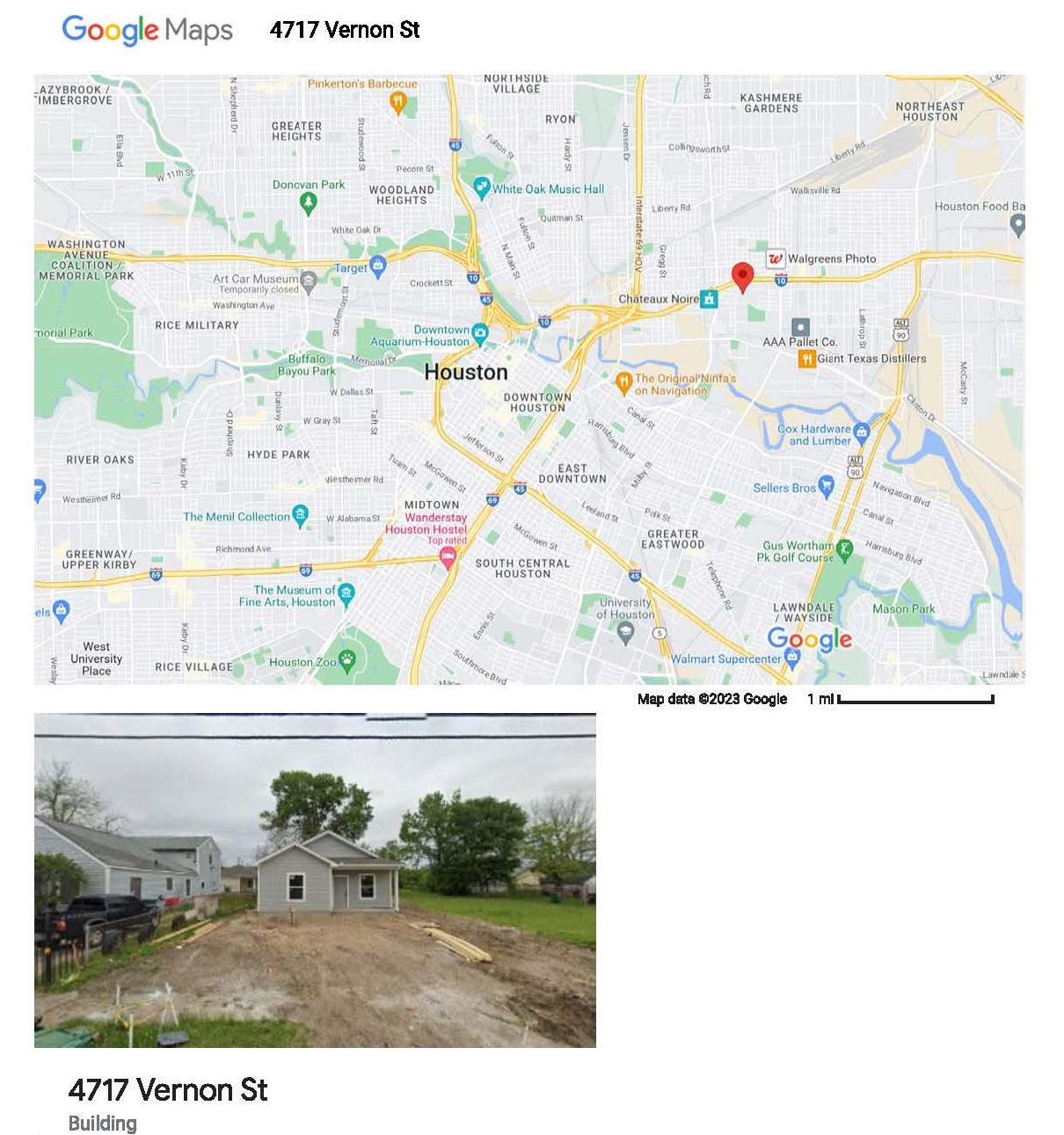
Loved reading this - so compelling ! Your persistence in uncovering some of Myrtle's mystery is a very special tribute to her memory and a gift for any living descendants who might eventually discover your research.
Randy
What an excellent job of research! An a fascinating subject
Bill Allison